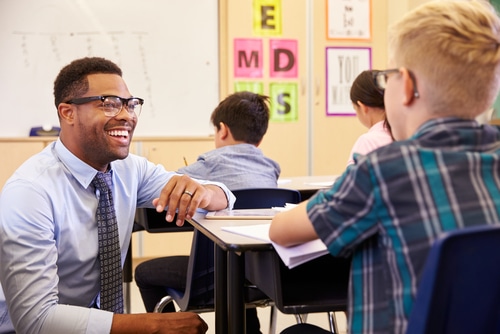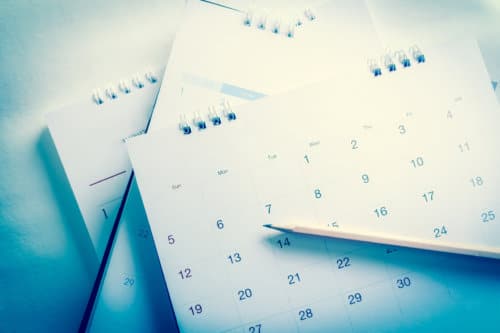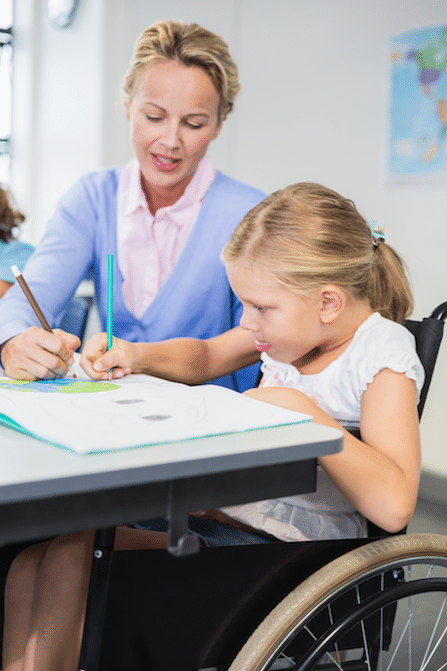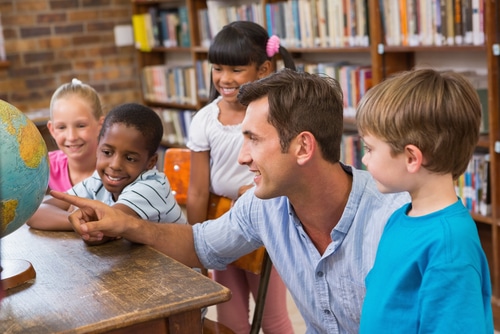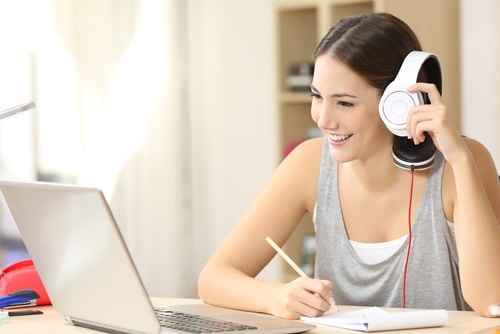
More and more teachers are utilizing a flipped classroom to teach their students. So, what is a flipped classroom? Here are some answers to frequently asked questions that you may have.
What Is a Flipped Classroom?
A flipped classroom switches lecture and homework time. This means that students read their textbook or watch a short video lecture created by the teacher before coming to class. Then, classroom time is spent discussing the material, completing projects, and doing other activities.
Who Uses a Flipped Classroom?
Flipped classrooms are commonly used in higher education settings. Professors at universities and colleges use this setup to focus on answering questions and discussing the material in class. However, more high school teachers are using this format in their classes, too. When students have access to the Internet after school, teachers can assign videos for students to watch to prepare them for the following class.
What Does a Flipped Classroom Look Like?
Before class, students watch videos and do an online quiz, listen to a podcast, complete assigned reading, etc. During class, students then participate in debates, discussions, data analytics, group projects, writing assessments, and other hands-on activities. A flipped classroom ends up giving students more work at home, so class time can be spent doing more meaningful activities.
What Are the Benefits?
One of the greatest benefits to a flipped classroom is increased participation by students. Class time includes engaging activities for active learning. Lesson plans focus on the needs of the students based on their understanding. Students can ask questions, complete hands-on activities, and experiment with the information that they’ve studied at home. Then, teachers can better detect problems students have with the material. Any misunderstandings can be discussed and worked through as a class.
What Are the Drawbacks?
There are drawbacks to this process, too. For one thing, it’s a lot of work to record lectures and prepare the material for students to review at home. Then, teachers need to create activities for the classroom, too. First implementing the flipped classroom model takes a lot of time and work. They also need to motivate students to complete the lectures at home. If students don’t come to school prepared, the activities won’t be as effective.
The flipped classroom model can be very effective when teachers and students work together to get the most from the experience. If you’re thinking about trying it in your classroom, start gathering materials to create short videos that students can watch before class. Then, think about activities that will elevate students’ learning and understanding.

